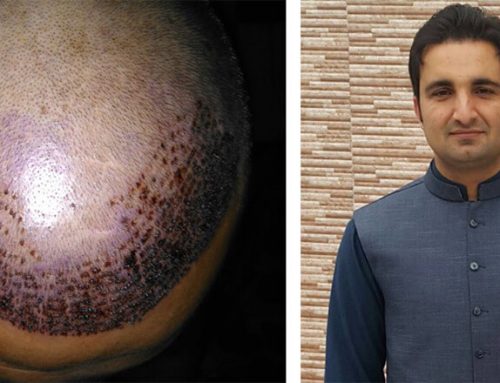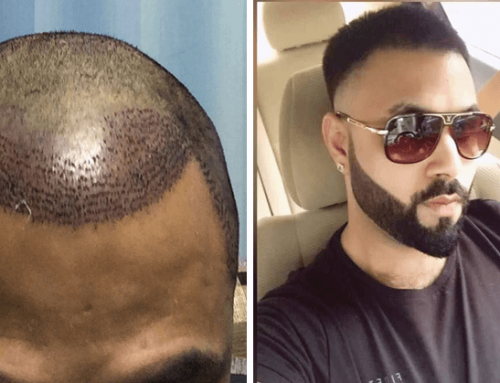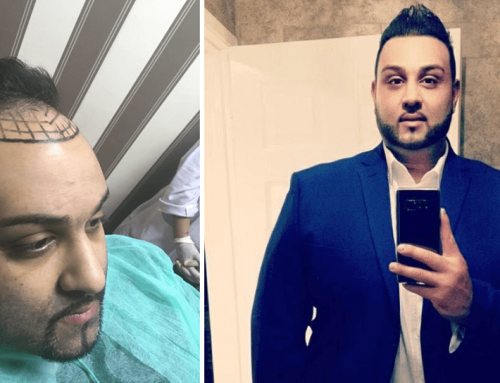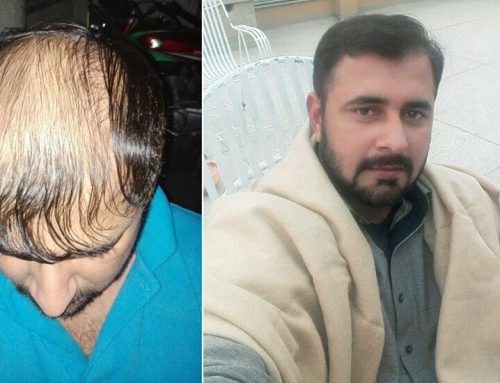HAIR LOSS MEDICAL TREATMENT Alopecia is a term that defines the hair density decrease, caused either by excessive hair loss or by hair growth delay. Currently, alopecia areata and androgenetic alopecia occur most frequently. At the same time, temporary hair loss may also occur, caused by stress, infections, food and endocrine issues, inflammatory conditions or malignancy.
In medical terms, there are two types of alopecia: scarring alopecia and non-scarring alopecia. Scarring alopecia affects the skin and the hair and usually in this case, for correction, hair transplantation is necessary. Non-scarring alopecia’s cause must be established, treated and if the hair loss is irreversible the option of hair transplantation can be considered. hair transplant islamabad
Alopecia areata is a non-scarring hair loss caused by inflammation around the hair follicle with an autoimmune background. The FUE hair s are affected and blocked, temporary or permanent, leading to large areas of hair loss.
As any auto-immune disease, it takes complex investigations and appropriate approach is the basis of high quality therapeutically results.
Androgenetic alopecia is the most frequent alopecia and it affects half of the male population and 10-20% of the female population. The cause is known in men’s case: the exaggerated activity of the 5α reductase enzyme also present in the bulb area, which turns testosterone into dihydrotestosterone. The treatment is clear and the doctor diagnoses the associated conditions that may endanger the evolution and affect the treatment response. We consider that for the time being there is no universal treatment available and on the contrary, the treatment must be customized for each patient. Hairnhair is the best center for the hair transplantation where qualified and experienced staff is full time available. WHAT IS THE CAPILLARY TRANSPLANT?
In women’s case, androgenetic alopecia is a manifestation of the peripheral metabolism disturbance of sexual hormones. Most frequently, diffuse hair thinning occurs (the so-called female pattern) but a hair loss similar to the men’s one may also occur (male pattern). The lab investigations and the exploration with specific equipment can establish the most efficient therapy method.
The factors affecting the absence, the thinning or the damage of the hair may be:
- Congenital diseases, some people are born without hair on scalp areas;
- Medical conditions, scars caused by burns, trauma, infections, surgical interventions, inflammation;
- Intoxication with various substances – medicines causing side effects;
- Chemical and atmosphere pollution;
- Nourishment deficiencies, quite frequent in our country;






